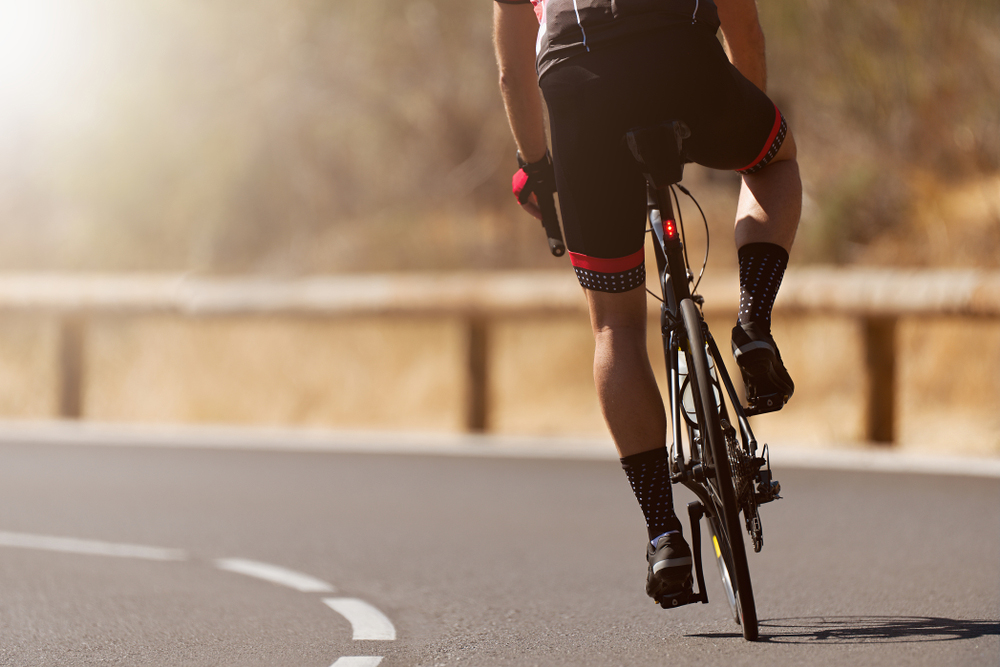Florida Bicycle Accidents: What Every Cyclist Should Know
In the sunshine state of Florida, where coastal roads and scenic byways call to cyclists year-round, the idyllic image of biking often collides with the harsh reality of bicycle accidents. Florida presents a unique landscape where cyclists navigate both natural beauty and urban congestion, and understanding this dynamic is crucial for road-sharing harmony.
While we all strive to achieve this harmony, sadly, Florida is no stranger to bicycle accidents and related deaths. According to the Florida Department of Highway Safety and Motor Vehicles, Florida tops the nationwide list of bicycle injuries and leads that nation in bicycle deaths, with 18 people on average involved in a crash a day.
Why Are Bike Accidents So Common?
While you should always remain vigilant while cycling, we do see some patterns in accidents. According to the National Highway Traffic Safety Administration bicycle deaths occur more often during the summer months, three-quarters of bicycle deaths occur in urban areas, and 27% occur at busy intersections.
Bicycle accidents involving vehicles at intersections stem from scenarios such as right-turn collisions which occur when vehicles turn right without ensuring enough space for cyclists. Left-turn collisions happen when drivers fail to yield to cyclists while turning left and neglecting to check for oncoming bikes. Rear-end collisions pose significant risk as well, when cyclists are hit from being due to negligence, they can be thrown off their bicycles, resulting in catastrophic injuries or even fatalities. Other common causes for incidents can include:
- Failing to yield (the highest factor in fatal bicycle crashes)
- Bicyclists not being visible to drivers
- Heavy congestion or traffic
- Tailing cyclists too slowly or trying to overtake cyclists
- Distracted driving
- Driving under the influence
- Speeding
- Road rage or aggressive driving
- Failing to share the road
- Running red lights or stop signs
Practicing Safe Cycling
When it comes to cyclists’ safety, one of the most important things to be aware of is that bicycles are legally classified as vehicles, affording cyclists generally the same rights and responsibilities as motor vehicle drivers. However, in Florida, cyclists riding on sidewalks are treated as pedestrians.
How To Ride
When riding on the road or in a bike lane, bicyclists must not ride more than two abreast except when on a designated bike path. If traveling slower than normal traffic, bicycles are required to ride single file to prevent impeding traffic. In bike lanes, cyclists riding two abreast must ensure they fit within the lane’s width. Bicycles also must adhere to traffic rules by slowing down and fully stopping at stop signs and red traffic signals. They must also check behind them, signal their intentions, and yield to any traffic when making turns, changing lanes, or coming to a stop.
Pedestrians
Since pedestrians and cyclists often share the same spaces on Florida’s roads and sidewalks, safety is a concern for both groups. Accidents involving pedestrians and bicycles can result in injuries to both parties due to pedestrian vulnerability and the potential impact of bicycles. Florida law emphasizes the duty of care that cycles owe pedestrians, requiring cyclists to yield the right-of-way to pedestrians in crosswalks and when approaching intersections. Similarly, pedestrians are urged to remain vigilant and use designated crosswalks and sidewalks whenever possible to minimize the risk of collisions.
Where To Ride
In Florida, bicycles are generally allowed on sidewalks, but cyclists must yield to pedestrians’ right-of-way and signal audibly before overtaking them. When riding at normal traffic speed on the road with the absence of a designated bike lane, cyclists must ride as close to the right side of the roadway as safely as possible. Bicycles are not obligated to use a bike “path”; they may instead use the regular lane.

Proper Equipment
Children under the age of 16 must wear a securely fastened helmet while on bicycles. During nighttime hours, bicycles must be equipped with a front white light that is visible from 500 feet away, along with a rear red reflector and lamp visible from 600 feet away. All bicycles must also be equipped with brakes capable of stopping the bike within 25 feet from a speed of 10 miles per hour on dry, level, and clean pavement.
Prevention
Even as an adult, wearing a well-fitted helmet is crucial to preventing head injuries. Other gear including gloves, pads, and eyewear can safeguard your body from abrasions and impacts. Regular maintenance checks on your bike, including tires, brakes, and lights, are vital to prevent unexpected issues when cycling. Remaining attentive to road conditions and traffic patterns is also critical for safety. Factors like rain, snow, or ice can significantly impact your bike’s performance and stability, deeming it essential to stay alert and adjust speed, braking, and steering accordingly to weather.
When planning bike routes, it is wise to prioritize paths specifically designed for bicycles and bike-friendly roads to minimize exposure to congested and high-traffic areas. Choosing these paths will cater to cyclists and reduce the risk of accidents, promoting a smooth and more pleasant cycling experience.
Prohibitions
It is against regulations for cyclists to cling to motor vehicles while reading. It is also prohibited to leave a child unattended in a child seat or carrier on a bicycle. Passengers under 4 years old or weighing under 40 pounds must be secured in a seat, carrier, backpack, or sling. Furthermore, bicyclists are not permitted to wear headsets or earplugs while riding unless they are using a hearing aid, or a device specifically meant to improve hearing.
What To Do After an Accident
Lastly, seek legal advice. In the event of a bicycle accident, reaching out to The Law Offices of Bram J. Gechtman can provide the legal assistance and support you need. With our expertise in personal injury law, we offer compassionate guidance and representation to ensure your rights are protected. Whether you have been injured due to negligence or require assistance in navigating insurance claims, we are committed to advocating for your best interests. Contact us at (305) 222-7836.




